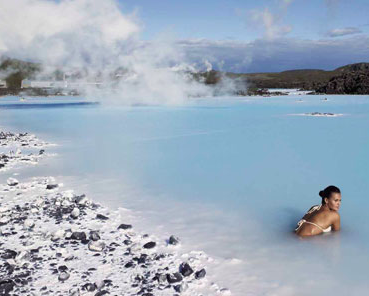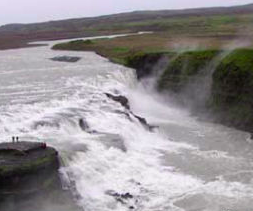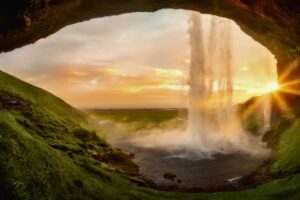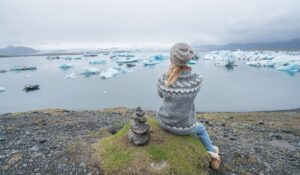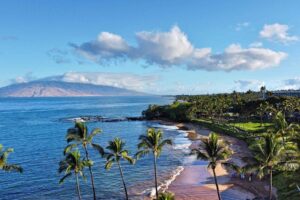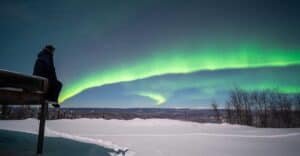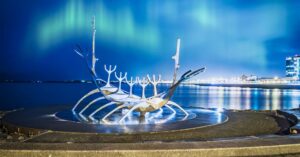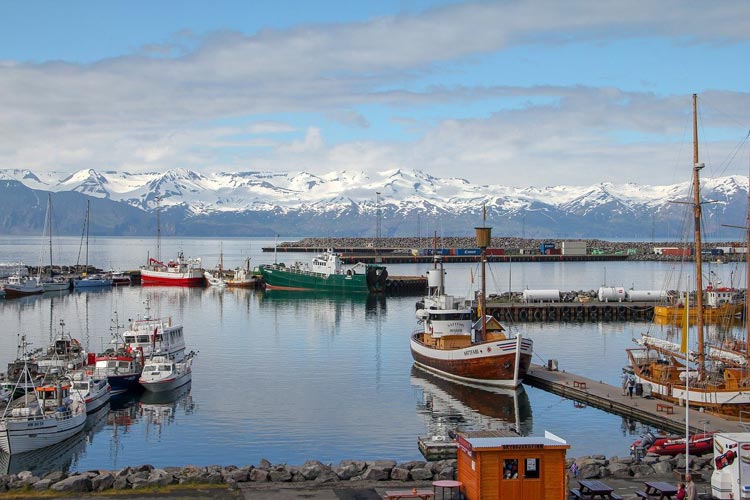
Iceland Travel Guide
Helpful Articles, Tips & Videos
Intro to Iceland
The site where two massive tectonic plates collide is home to an incredible land of ice and fire – Iceland. If seeing the northern lights is on your bucket list, then you have to travel to Iceland. It’s one of the best places in the world for admiring these curtains of light dancing across the sky. Its endless natural resources, breathtaking waterfalls, magnificent glaciers, dozens of volcanoes, fjords, and geysers are wooing tourists to come and enjoy this amazing northern destination.
Iceland was settled more than 1,000 years ago, during the Viking age, by a mixed Norse and Celtic population. According to Sagas of Icelanders, Norsemen from Iceland also settled Greenland, as well as the North American coast.
This country is also home to the oldest parliament in the world – Althingi or Althing. It was founded in the 10th century. Iceland is a republic with a parliamentary form of government. While a president is the head of the state, the prime minister is the head of government. The current prime minister is Katrín Jakobsdóttir, the second woman to hold this position. She has also been the politician Icelanders trust the most.
Iceland became an independent state only at the end of World War II. With the exception of a small coast guard, this country does not have a military force. However, the United States assumed responsibility for the country’s defense. There’s also a United States navy base at Keflavik International Airport.
Most Icelanders live in Reykjavik, a beautiful and modest city on the Atlantic coast, and the northernmost capital in the world. All tourist tours start in this city. In one or several day tours, you can visit stunning national parks and lakes, explore geothermal attractions, and enjoy whale watching in the Atlantic Ocean.
Icelanders are warm and friendly. They have a long tradition of poetry and prose, as well as teaching children to read at an early age. Icelandic literature is best known for its sagas, written in medieval times.
The sagas mostly recount heroic episodes that took place at the time the island was settled. Icelanders are trying hard to preserve their customs and traditions. And, yes, some of them still believe in trolls, elves, and other mythical creatures from Norse past.
When visiting Iceland, do not miss the opportunity to go to the Vatnajokull Glacier, relax in the Blue Lagoon, and see Gullfoss Waterfall.
The Reykjanes peninsula, the bridge between the two continents at Sandvik, or one of the 13 lighthouses are also worth visiting. Check out the most significant attractions along the Ring Road and find out why Iceland is truly a unique place on this planet.
Plan Your Trip
Where is Iceland?
Iceland is a European country located in the North Atlantic, between Greenland, Norway, and the United Kingdom. It is positioned just south of the Arctic Circle. The capital and the largest city is Reykjavik.
Getting Around Iceland
The largest airport in Iceland is Keflavik International Airport, 50 km (31 miles) from Reykjavik. To travel around Iceland, you can use domestic flights from Reykjavik to other major cities such as Akureyri or Egilsstadir. Also, you can go by bus or car rental.
Language
Icelanders speak Icelandic. In the period of settlement, the dominant language was Old Norse, which has evolved into modern Icelandic. However, other Scandinavian languages, such as Danish, are also in use. As in other Nordic countries, the literacy rate here is extremely high. Iceland is considered to be among the most literate countries in the world. Needless to say that almost every Icelander speaks English fluently.
Currency
Iceland’s main currency is the Icelandic Krona (ISK). In many places, you can pay in euros, U.S. dollars, or Norwegian, Danish and Swedish krone. Cash is used less, and most transactions are done through payment cards.
When is the Best Time to Visit Iceland?
The weather in Iceland changes so often that you can experience all four seasons in one day. Also, due to the proximity of the Arctic Circle, a day can last only 4 hours during the winter months, in December or January. On the other hand, in June and July, a day can last up to 20 hours. That is why the best time to travel to Iceland is between May and August. Longer days also feature higher temperatures.
What to Pack When Visiting Iceland?
The weather in Iceland can be very unpredictable, so you should dress in layers. It is essential to have a waterproof jacket and shoes, rain pants, gloves, a winter hat, a wool sweater, and long-sleeved and short-sleeved shirts. Don’t forget warm socks, too.
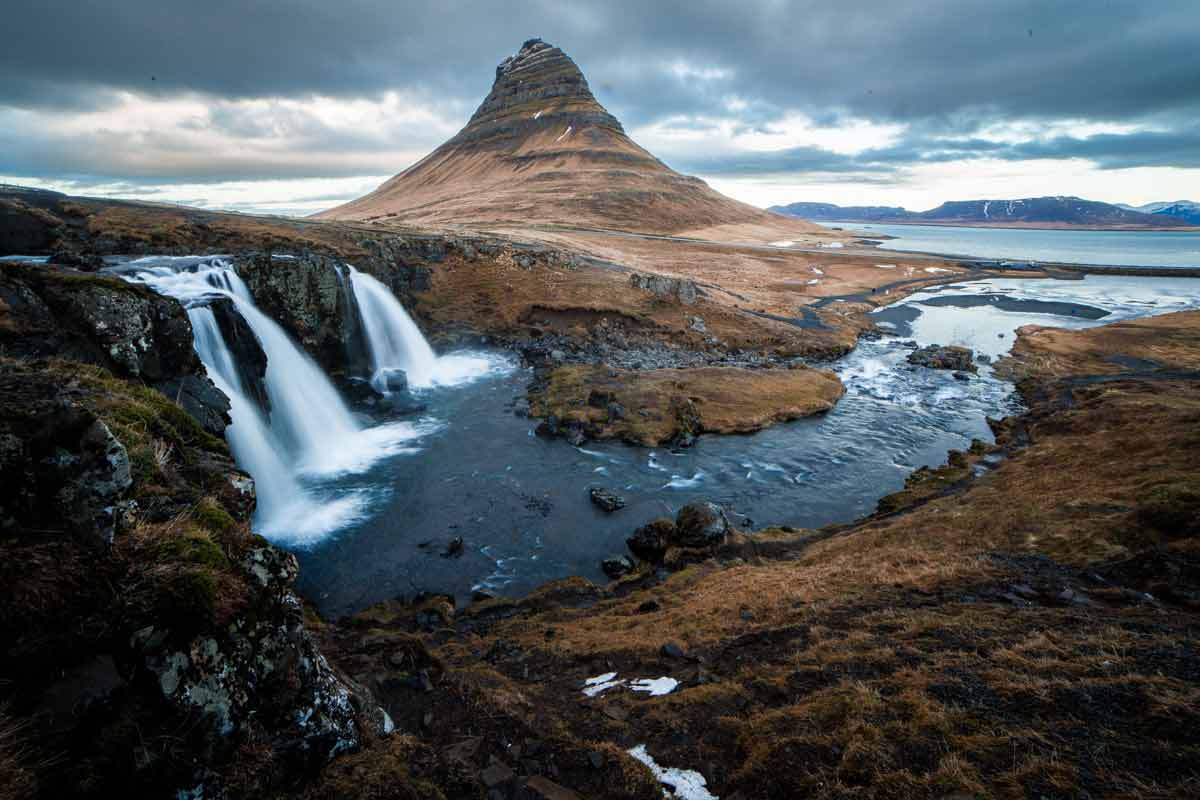
Top 10 Things to Do in Iceland
Top Destinations in Iceland
Latest Stories on Iceland Travel
From Viking Parliaments to Blue Lagoons: Iceland’s Golden Circle Delivers Epic Adventure
When Your Tinder Match Might Be Your Cousin: Iceland’s Dating Dilemma
Iceland: Road Trip in the Land of Fire and Ice
Northern Lights and Ancient Rights: A Viking Cruise Through Nordic Wonders
The Ultimate European Bucket List: 23 Life-Changing Experiences
World Travel: Don’t Miss These 15 Bucket List Destinations
World Travel: Don’t Miss These Top Bucket List Destinations
Through My Lens: 10 Stunning Photos of the Far North
Travel Guide to Iceland


